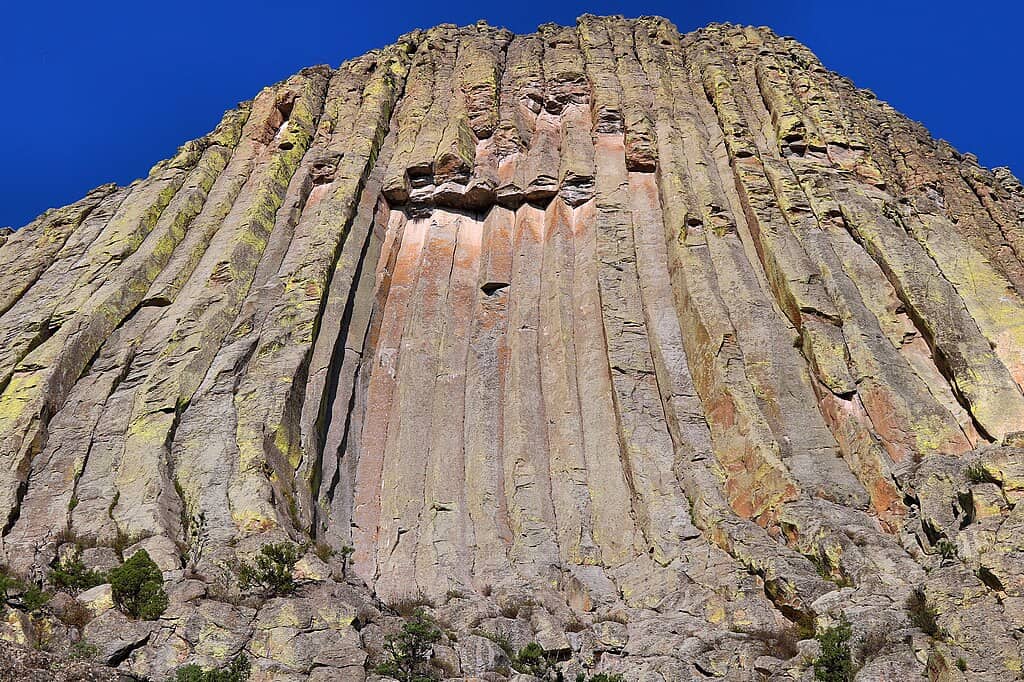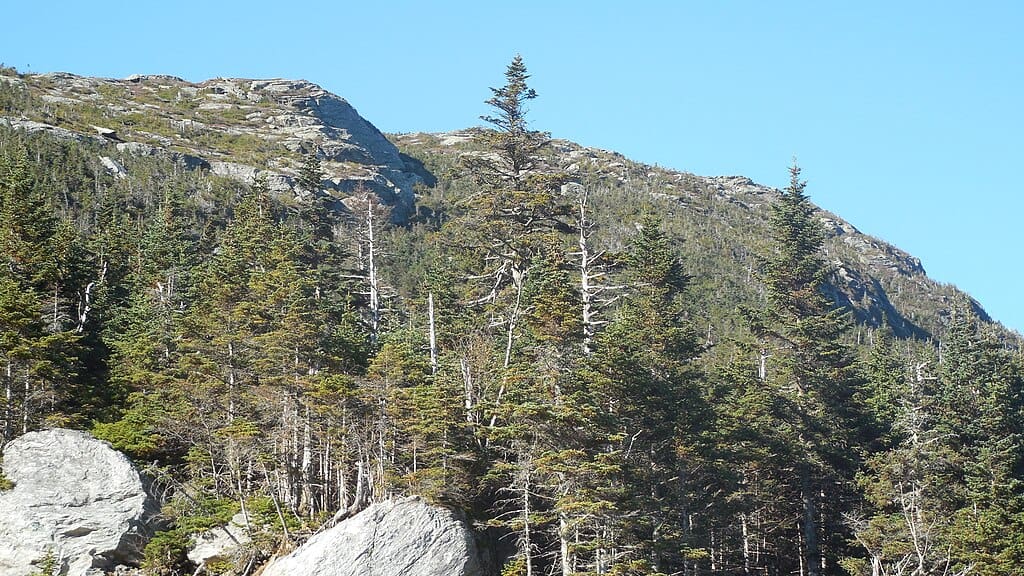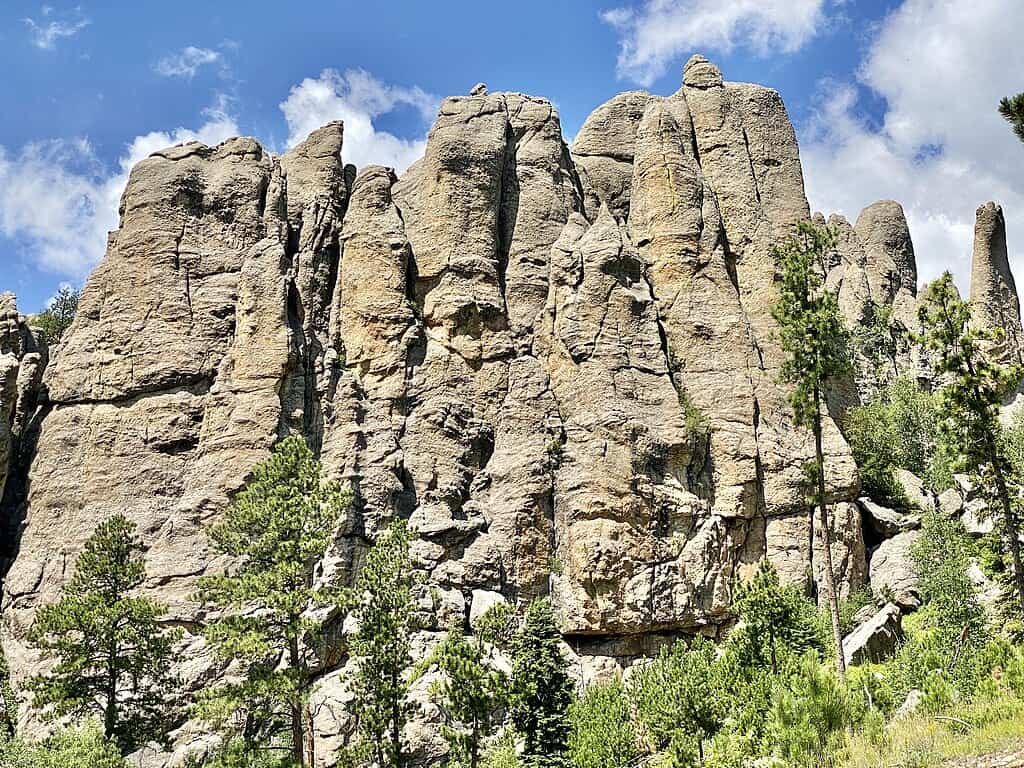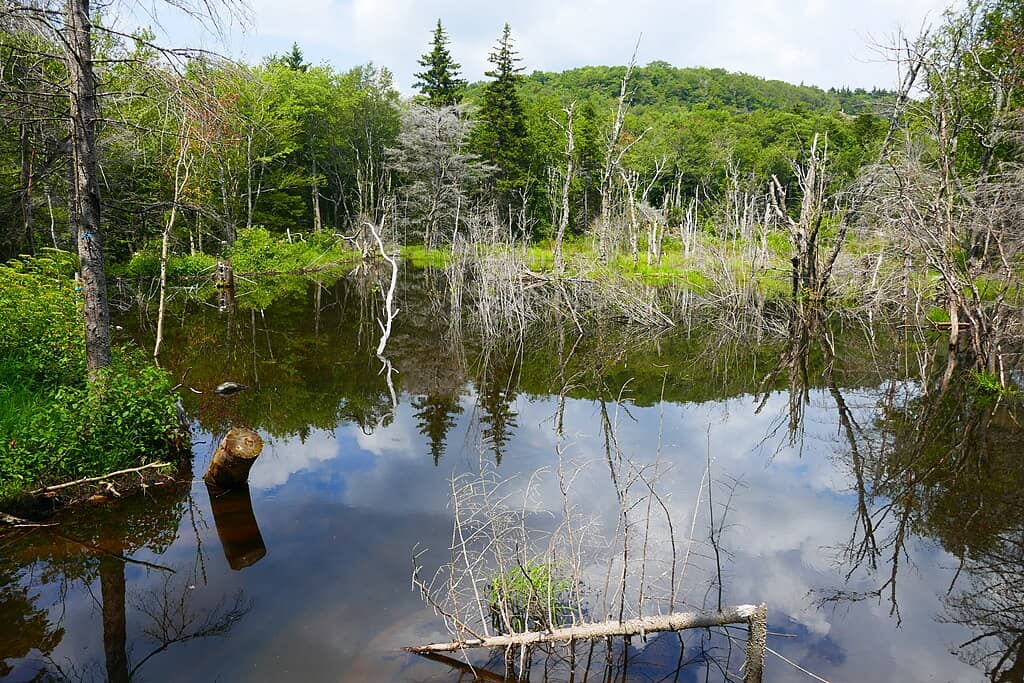We may earn money or products from the companies mentioned in this post. This means if you click on the link and purchase the item, I will receive a small commission at no extra cost to you ... you're just helping re-supply our family's travel fund.

While Mount Rushmore’s grandeur attracts millions each year, America holds many equally remarkable yet far more tranquil sites. These lesser-known landmarks allow visitors to experience history, culture, and natural beauty without the tourist rush. From ancient earthworks to majestic peaks, each destination offers serenity and depth, inviting reflection rather than spectacle. Here are ten quiet places across the United States that echo the nation’s spirit in peaceful, awe-filled ways.
1. Cahokia Mounds State Historic Site : Illinois

Near Collinsville, Illinois, the Cahokia Mounds preserve the remnants of a once-thriving Native American city that flourished between 700 CE and 1350 CE. At its peak around 1100 CE, Cahokia supported 15,000 to 20,000 inhabitants, larger than many European cities of its time. The site originally spanned roughly 4,000 acres, and today about 2,200 acres remain protected. Its largest mound, Monks Mound, rises nearly 100 feet (30 m) and covers more than 14 acres. Walking its grassy slopes, visitors feel the deep calm of a place shaped by centuries of spiritual devotion and community life.
2. Devils Tower National Monument : Wyoming

Rising 1,250 feet (382 m) above the Belle Fourche River, Devils Tower dominates the Wyoming skyline at an elevation of 5,112 feet (1,558 m). Designated the first U.S. national monument in 1906, it encompasses 1,347 acres of serene prairie and pine forest. Revered for generations by Native tribes, this striking monolith is both a geological marvel and sacred site. The looping Tower Trail offers peaceful solitude beneath sheer cliffs where peregrine falcons nest and wind whispers across the grasslands, an entirely different rhythm from crowded national parks.
3. Great Basin National Park : Nevada

Established in 1986, Great Basin National Park covers about 77,100 acres (312 km²) in eastern Nevada. Its centerpiece, Wheeler Peak, soars to 13,063 feet (3,982 m) and shelters ancient bristlecone pines that have stood for over 4,000 years. With fewer than 150,000 visitors annually, this is one of America’s quietest national parks. Stargazers cherish its near-perfect dark skies, while hikers move through desert, forest, and alpine tundra in a single day. It’s a landscape of silence, resilience, and timeless beauty, where the stars seem close enough to touch.
4. Mount Mansfield : Vermont

Vermont’s tallest mountain, Mount Mansfield, reaches 4,393 feet (1,339 m) and resembles a human face when viewed from the east, earning it the nickname “The Sleeping Giant.” Its summit ridge supports rare alpine tundra ecosystems and offers wide vistas of the Green Mountains. Trails here are peaceful, winding through mossy forests and wildflower meadows. Even during peak foliage season, Mansfield retains an air of solitude, making it a meditative escape for those seeking to trade tourist chatter for the whisper of wind across stone.
5. Chimney Rock National Historic Site : Nebraska

Standing 482 feet (147 m) above Nebraska’s plains, Chimney Rock guided thousands of pioneers along the Oregon Trail during the 1800s. The spire’s elevation of 3,561 feet (1,086 m) makes it visible for miles, an enduring symbol of endurance and hope. Today, it’s one of the quietest historic landmarks in the Midwest. Visitors can explore a small museum detailing westward expansion, then gaze at the rock glowing in sunset light, a rare opportunity to feel connected to history without the rush of crowds or noise.
6. Mount Constitution : Washington

At 2,409 feet (735 m), Mount Constitution crowns Orcas Island in Washington’s San Juan archipelago. A stone observation tower built by the Civilian Conservation Corps in 1936 overlooks the Salish Sea, Mount Baker, and even the Canadian Coast Range on clear days. Because it’s accessible only by ferry and forest road, the summit remains blissfully uncrowded. Visitors can hike quiet trails through old-growth forest or simply sit atop the tower as eagles circle below—experiencing the Northwest’s natural majesty in rare tranquility.
7. Grandfather Mountain : North Carolina

Rising 5,946 feet (1,812 m) in the Blue Ridge Mountains, Grandfather Mountain offers sweeping panoramas and a striking Mile-High Swinging Bridge that spans an 80-foot chasm. The mountain’s biosphere reserve protects over 70 rare plant and animal species, adding ecological depth to its grandeur. Despite its fame, its atmosphere is unhurried, particularly on quieter trails leading to cliffs and spruce forests. Visitors often describe a sense of calm awe here, as if the mountain itself invites you to breathe slower and listen longer.
8. Cathedral Spires : South Dakota

Tucked within Custer State Park, the Cathedral Spires rise between 5,500 and 7,000 feet (1,676–2,134 m), their granite pinnacles resembling a natural stone cathedral. Unlike the tourist-heavy Rushmore nearby, these towering formations attract hikers and climbers seeking silence and raw beauty. The one-mile Cathedral Spires Trail winds through ponderosa pine and granite outcrops, rewarding visitors with stunning views and near-total quiet. It’s nature’s own sculpture garden; majestic, wild, and humbling in its peaceful power.
9. Mount Hood : Oregon

A dormant stratovolcano reaching 11,240 feet (3,426 m), Mount Hood dominates the Oregon horizon about 50 miles east of Portland. It’s home to glaciers, alpine meadows, and the historic Timberline Lodge, built in 1937 by the Works Progress Administration. Despite its accessibility, parts of the mountain remain surprisingly calm, especially around Mirror Lake and Lost Lake. Reflected in still waters or glowing at sunrise, Mount Hood’s presence evokes serenity, a living monument carved by nature rather than hands.
10. Mount Greylock : Massachusetts

Massachusetts’ highest peak, Mount Greylock, stands 3,489 feet (1,063 m) tall and inspired writers like Herman Melville and Henry David Thoreau. At its summit, the 93-foot (28 m) Veterans War Memorial Tower, completed in 1933, honors those who served. On clear days, visitors can see up to five states from its observation deck. The drive up its quiet, winding road or the hike through misty forests both feel timeless. Greylock’s peaceful presence captures the introspective heart of New England’s wilderness, a fittingly serene finale to this list.